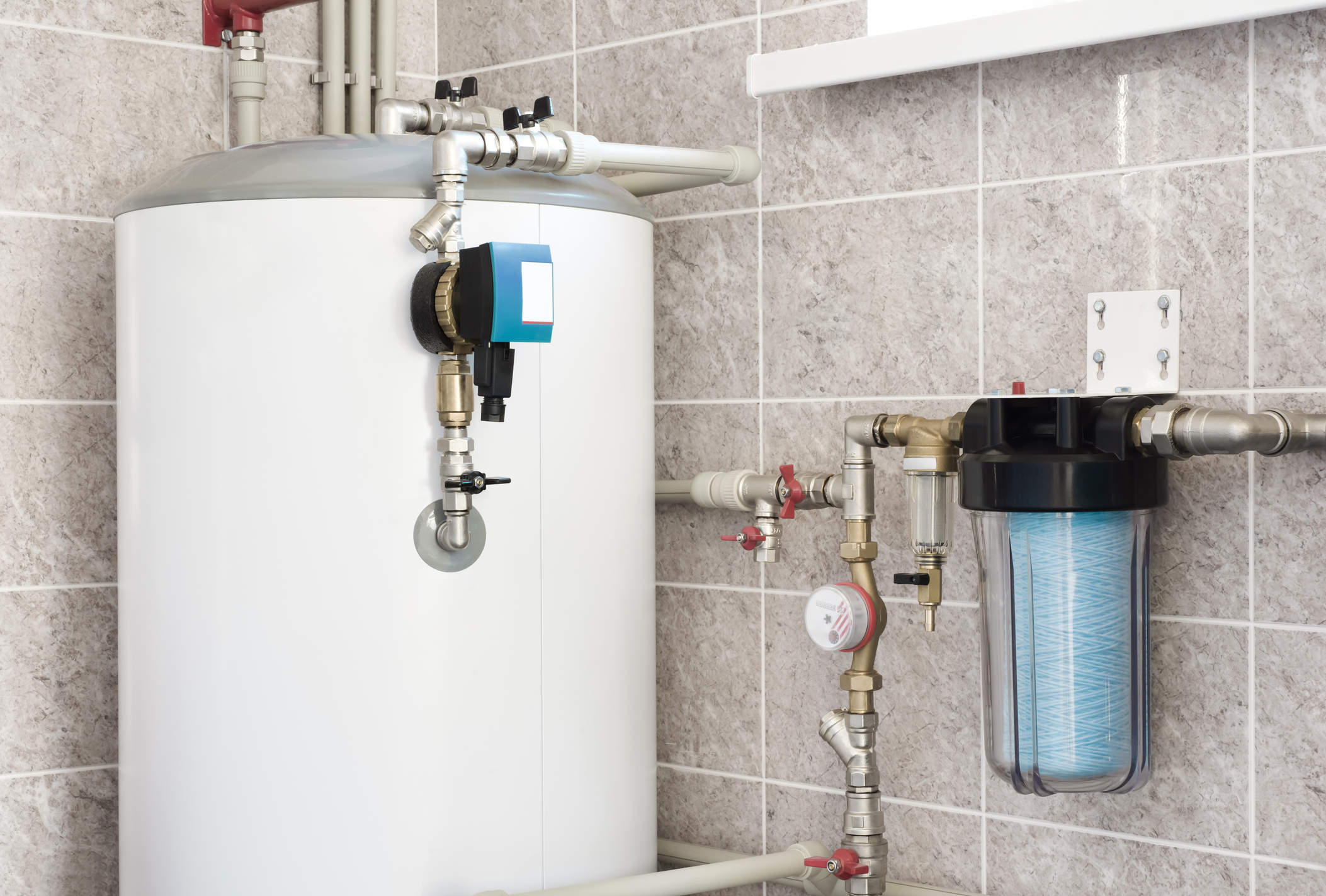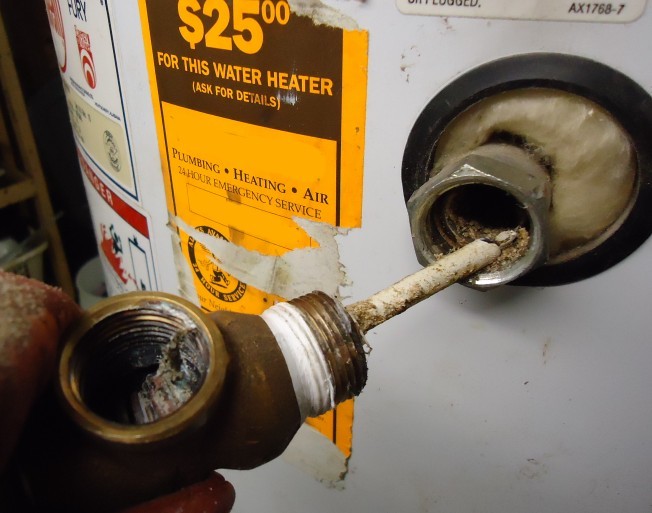This post on the next paragraphs relating to What Kind of Maintenance Do Water Heaters Need? is truly motivating. Check it out for your own benefit and decide what you think about it.

Warm water is essential for everyday comfort, whether it's for a rejuvenating shower or washing dishes. To ensure your warm water system runs successfully and lasts longer, normal maintenance is vital. This short article provides functional tips and understandings on exactly how to keep your home's hot water system to prevent disruptions and expensive repair work.
Introduction
Preserving your home's warm water system may appear difficult, yet with a few easy actions, you can ensure it operates efficiently for years to find. This overview covers everything from recognizing your hot water system to DIY upkeep suggestions and recognizing when to contact specialist help.
Value of Keeping Your Hot Water System
Regular maintenance not just expands the lifespan of your warm water system yet also ensures it operates effectively. Disregarding maintenance can result in lowered performance, higher energy bills, and even premature failing of the system.
Indicators Your Warm Water System Needs Maintenance
Knowing when your hot water system needs interest can stop major issues. Watch out for indications such as irregular water temperature level, odd sounds from the heating system, or rusty water.
Understanding Your Hot Water System
Before diving into maintenance tasks, it's useful to recognize the standard parts of your warm water system. Commonly, this consists of the hot water heater itself, pipelines, anode poles, and temperature level controls.
Month-to-month Upkeep Tasks
Normal month-to-month checks can aid capture minor issues before they intensify.
Flushing the Water Heater
Flushing your water heater removes sediment buildup, boosting efficiency and prolonging its life.
Monitoring and Changing Anode Rods
Anode rods protect against rust inside the container. Inspecting and changing them when worn is vital.
Examining and Readjusting Temperature Level Settings
Readjusting the temperature level settings makes certain optimal efficiency and safety and security.
DIY Tips for Maintenance
You can perform numerous upkeep tasks yourself to maintain your hot water system in leading condition.
Looking for Leakages
On a regular basis check pipes and links for leakages, as these can cause water damage and greater expenses.
Testing Stress Relief Valves
Testing the pressure safety valve ensures it operates appropriately and protects against extreme pressure accumulation.
Shielding Pipelines
Protecting hot water pipelines lowers warm loss and can save energy.
When to Call a Professional
While do it yourself upkeep is helpful, some issues require professional competence.
Complex Concerns Calling For Professional Assistance
Examples include significant leakages, electrical issues, or if your hot water heater is constantly underperforming.
Routine Specialist Maintenance Advantages
Professional upkeep can include extensive assessments, tune-ups, and making sure conformity with safety and security requirements.
Verdict
Regular maintenance of your home's warm water system is vital for performance, durability, and price savings. By complying with these ideas and recognizing when to seek expert aid, you can guarantee a reliable supply of warm water without unanticipated interruptions.
Water Heater Maintenance: The Basics
Maintaining your water heater will ensure it operates efficiently and has a longer lifespan. Neglecting regular maintenance can lead to costly repairs and an even bigger chunk of your savings if you have to replace it sooner than necessary. But there’s good news: Most water heater maintenance tasks are relatively simple and easy for homeowners with basic DIY skills.
Flush the Water Heater
Over time, sediment and minerals can build up in the tank, reducing its efficiency and potentially causing damage. To flush the tank, turn off the power or gas supply, attach a hose to the drain valve near the bottom and open the valve to drain the water until it runs clear. Ideally, flush the tank annually.
Replace the Anode Rod
The anode rod is a sacrificial metal rod that helps prevent corrosion inside the tank. Inspect and replace it every three to five years or per the manufacturer's recommendation. To replace the anode rod, turn off the power or gas supply, drain a few gallons of water from the tank, unscrew the old rod and replace it with a new one. If the anode rod is significantly corroded or covered in calcium buildup, it's a sign the water heater may need to be replaced soon.
Tune-Up
A yearly tune-up can help identify potential issues and ensure your water heater operates at peak efficiency. This typically involves checking the thermostat, burner assembly (for gas heaters) and any other components specified by the manufacturer. During a tune-up, the technician may also clean the burner and adjust the pilot light (for gas heaters) or examine the heating elements (for electric heaters).
How to Maintain Your Water Heater
Insulate the tank. Insulating the tank can improve energy efficiency and reduce heat loss, saving you money on energy bills. You can purchase precut insulation blankets designed specifically for water heaters or use standard fiberglass insulation wrapped securely around the tank. Check the temperature. The recommended water temperature for most households is around 120 degrees Fahrenheit (49 degrees Celsius). Higher temperatures can increase energy costs and potentially cause scalding. Use a kitchen thermometer to check the temperature at the faucet nearest the water heater. Monitor water pressure. Excessive water pressure can strain the water heater and cause leaks or even tank failure. Install a pressure-reducing valve if necessary. The ideal water pressure range is between 60 and 70 PSI (pounds per square inch). Test the temperature and pressure (T&P) relief valve. The T&P relief valve is a safety feature that releases pressure if the tank gets too hot or the pressure builds up too high. Test it annually by lifting the lever and allowing a small amount of water to release. Replace the valve if it doesn't release water or reseal properly. Check for leaks. Regularly inspect the tank, pipes and fittings for leaks or corrosion. Deal with issues promptly to prevent further damage. Even a small leak can lead to significant water damage over time. Consider a tankless water heater. If your traditional tank-style water heater is nearing the end of its lifespan ( typically 10 years), consider replacing it with a tankless water heater. These units heat water on demand, reducing standby energy losses and potentially saving you money on your energy bills. Schedule professional maintenance. While homeowners can perform many water heater maintenance tasks, it's still a good idea to schedule professional maintenance every few years. A plumber or HVAC technician can thoroughly inspect the unit, identify potential issues and ensure it operates safely and efficiently. https://www.homeserve.com/en-us/blog/home-improvement/hot-water-heater-maintanence/

I ran across that piece of writing about What Kind of Maintenance Do Water Heaters Need? when doing a search on the search engines. You should set aside a second to share this blog post if you enjoyed reading it. Kudos for your time. Revisit us soon.
Call Today